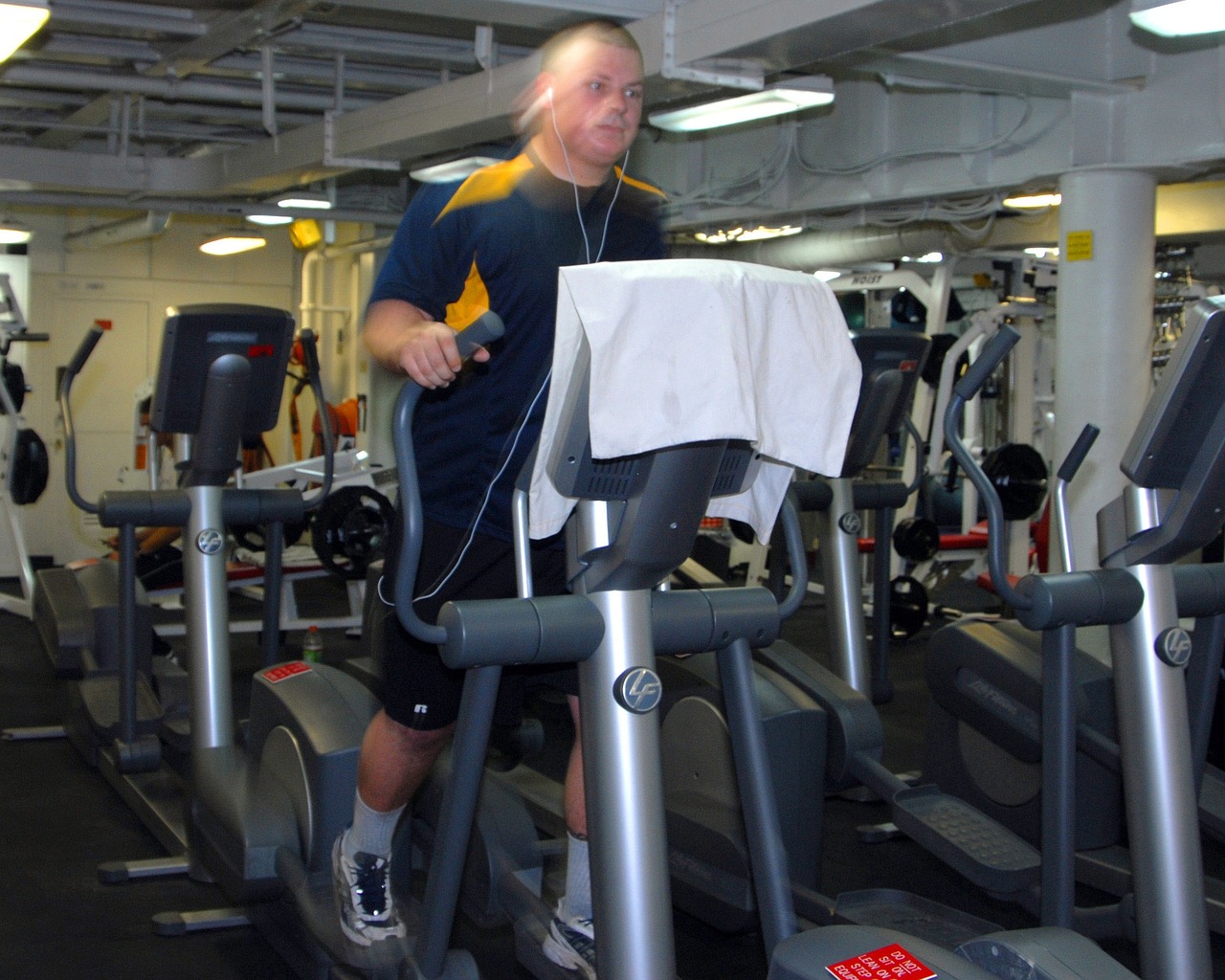How Far is a Marathon

If you’re interested in running a marathon, there are a few important things you need to remember during the training process. Marathon running is a sport that requires time, planning and dedication. Here are a few things you should remember to help you cross that finish line!
Factors Affecting Marathon Time
There are many factors that go into how slow or fast you can complete a marathon. Here are just a few.
Training: The Role of Training in Marathon Performance
The amount, type, and quality of training play a crucial role in marathon performance. Consistent and well-structured training programs that incorporate long runs, speed workouts, and recovery periods help improve endurance, speed, and overall performance.
Nutrition and Hydration: Fueling Strategies for Marathon Runners
Proper nutrition and hydration before, during, and after the marathon are crucial for optimal performance. Adequate carbohydrate intake for fuel, balanced macronutrient distribution, and hydration strategies play a significant role in sustaining energy levels and preventing fatigue during the race.
Weather and Course Conditions: Impact on Marathon Performance
The specific marathon course, including its terrain, elevation profile, and climate conditions, can affect performance. Flat courses with favorable weather conditions are generally faster, while hilly courses or adverse weather can slow down runners.
Pace: Finding the Optimal Pace for a Marathon
Pace plays a crucial role in a marathon as it directly impacts the overall performance and experience of the race. Maintaining a consistent and appropriate pace helps runners effectively manage their energy levels, preventing early fatigue and enabling them to finish strong. By setting a realistic and well-controlled pace, runners can optimize their endurance, avoid hitting the dreaded “wall,” and achieve their desired time goals.
Calculating Your Pace for a Marathon
Finding a good marathon pace requires a combination of careful planning, self-assessment, and race experience. If you want to get more technical, you can use the distance and time to calculate your optimal pace.
Distance: Determining the Length of a Marathon
A marathon is 26 miles and 385 yards, or 42.195 kilometers.
Time: Estimating Your Marathon Finish Time
Your finish time will be the total time you aim to complete the race in, measured in hours, minutes, and seconds.
Convert the desired finish time into minutes. You can do this by multiplying the amount of hours by 60 and then adding the remaining to it. For example, if your desired finish time is 3 hours and 45 minutes, the calculation would be: (3 hours × 60 minutes) + 45 minutes = 180 minutes + 45 minutes = 225 minutes.
Pace: Calculating Your Desired Pace for a Marathon
Divide the total number of minutes by the marathon distance (26.2 miles or 42.195 kilometers) to calculate your average pace per mile or kilometer. For example, if your desired finish time is 225 minutes and you want to calculate your pace per mile, the calculation would be: 225 minutes ÷ 26.2 miles = 8.59 minutes per mile.
If you prefer to calculate your pace per kilometer, divide the total number of minutes by the marathon distance in kilometers. For example, if your desired finish time is 225 minutes and you want to calculate your pace per kilometer, the calculation would be: 225 minutes ÷ 42.195 kilometers = 5.34 minutes per kilometer.
By following these steps, you can calculate your average pace per mile or kilometer for the marathon based on your desired finish time. Remember that this is an average pace, and it’s normal for runners to vary their speed slightly during different sections of the race or in response to course conditions.

Understanding the Significance of a Marathon's Length
Many people feel as though the length of a marathon seems random, but there is a long history behind it.
Related Story: Historical Background and Evolution of Marathon Distance
The history of the marathon’s length can be traced back to ancient Greece. The marathon race itself has its origins in the legend of Pheidippides, a messenger who is said to have run from the city of Marathon to Athens to deliver news of the Greek victory over the Persians in 490 BC. According to the ancient accounts, Pheidippides ran approximately 25 miles (40 kilometers) from Marathon to Athens to deliver the message and then collapsed and died from exhaustion.
The modern marathon distance of 26.2 miles (42.195 kilometers) was not standardized until the early 20th century. The first modern Olympic Games, held in Athens in 1896, featured a marathon race that was approximately 24.85 miles (40 kilometers). The specific distance was chosen to mimic the legendary run of Pheidippides. However, during the 1908 London Olympics, the marathon course was extended to 26.2 miles so that it could start at Windsor Castle and finish in front of the royal box at the Olympic Stadium. This distance became the official marathon length recognized by the International Association of Athletics Federations (IAAF) in 1921.
Since then, the marathon distance of 26.2 miles has been widely adopted as the standard for marathon races worldwide.


Training Strategies for Completing a Full Marathon
Training is of paramount importance in preparing for a marathon. It is through training that runners build the necessary endurance, strength, and mental resilience required to conquer the 42.195 kilometer distance. Consistent and structured training allows runners to gradually increase their mileage, improve their cardiovascular fitness, and develop the specific muscle groups needed for endurance running. Training also provides an opportunity to practice pacing, refine running technique, and establish a solid base of fitness.
Popular Marathon Training Plans
There are several popular marathon training plans that have been developed and used by runners of all levels. Here are three well-known marathon training plans:
1. Hal Higdon’s Marathon Training Plans: Hal Higdon is a renowned running coach and author who has created multiple marathon training plans for different levels of runners. His plans typically range from beginner to advanced and include a combination of easy runs, long runs, tempo runs, and speed workouts. The plans typically last for 12 to 18 weeks and gradually increase the mileage and intensity as the race approaches.
2. The 18/55 Plan by Advanced Marathoning: This plan, developed by renowned coaches Pete Pfitzinger and Scott Douglas, is designed for experienced runners aiming for a strong performance. It consists of 18 weeks of training with a peak mileage of 55 miles per week. The plan includes a mix of medium-long runs, long runs, tempo runs, interval workouts, and recovery runs. It is known for its emphasis on higher mileage and specific workouts tailored to improve race performance.
3. The FIRST (Furman Institute of Running and Scientific Training) Marathon Training Plan: This plan is designed for runners who have limited time to train or who are looking to reduce the risk of overuse injuries. The plan incorporates three key running workouts per week: a tempo run, an interval workout, and a long run. The remaining days are dedicated to cross-training activities such as cycling or swimming and rest days.
Beginner's Marathon Plan: A Training Schedule for First-time Marathoners
If it’s your first time running a marathon, it’s important to follow a training plan that gradually builds up your endurance while minimizing your risk of injury. Here’s a sample 16-week marathon training plan for beginners:
Weeks 1-4 (Base Building):
● Run 3-4 times a week, including one long run on weekends.
● Start with shorter distances, such as 3-4 miles (5-6 kilometers), and gradually increase the long run by 1-2 miles (1.6-3.2 kilometers) each week.
● Aim for a comfortable pace during these runs, focusing on building endurance and establishing a consistent running routine.
● Incorporate strength training and cross-training activities like cycling or swimming 2-3 times a week to build overall fitness and prevent overuse injuries.
Weeks 9-12 (Building Endurance):
● Run 4 times a week, with two shorter runs, one long run, and one speed workout.
● Continue increasing your long run distance, aiming to reach about 18-20 miles (29-32 kilometers) by week 12.
● Incorporate hill training to improve leg strength and running economy.
● Maintain strength training and cross-training activities, adjusting intensity and volume as needed.
Weeks 5-8 (Increasing Mileage):
● Continue running 3-4 times a week, including one long run on weekends.
● Increase your mileage gradually by about 10% each week, focusing on the long run.
● Include one day of speed work, such as intervals or tempo runs, to improve running efficiency and speed.
● Maintain consistent strength training and cross-training routines to support your running.
Weeks 13-16 (Tapering and Final Preparations)
● Gradually decrease your mileage to allow for recovery and peak performance on race day.
● Reduce the length of your long runs to no more than 14 miles (22 kilometers).
● Focus on maintaining a regular running schedule and incorporating shorter, faster workouts to maintain speed and stamina.
● Rest and recover adequately, ensuring you get enough sleep and pay attention to proper nutrition and hydration.
● Visualize and mentally prepare yourself for race day.
Overall, there is no perfect way to run a marathon. The journey is completely your own, so do what feels right for you.
Remember to listen to your body, take rest days when needed, and adjust the plan according to your progress and any personal circumstances. It’s also recommended to consult with a running coach or experienced runners for personalized guidance and support throughout your training journey.

